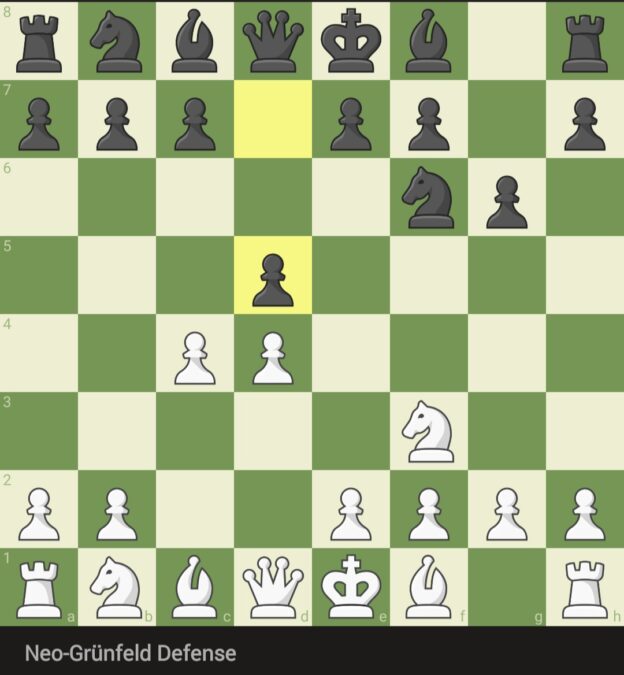In the ever-evolving world of chess openings, innovation and adaptability are key to staying ahead of the competition. The Neo Grünfeld Defense is a prime example of how chess players have adapted and modernized classical openings to meet the demands of the contemporary game. This essay delves into the history, principles, and strategic nuances of the Neo Grünfeld Defense.
Continue reading


















